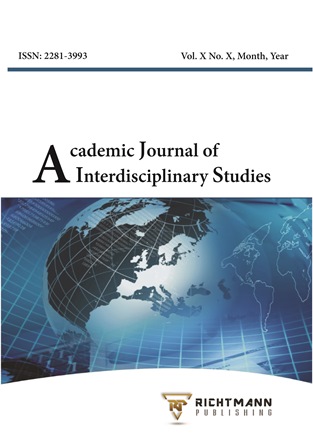Psychometric Properties and Sociodemographic Profile of the Perceived Stress Scale in Peruvian University Students
DOI:
https://doi.org/10.36941/ajis-2023-0102Keywords:
Perceived stress, Psychometric properties, sociodemographic variables, university studentsAbstract
The university population had to adapt to new ways of learning causing in them a strong emotional impact. Therefore, there is a need for an instrument with adequate psychometric properties to develop a profile of perceived stress. Objective: To demonstrate the psychometric properties of the EEP-10 Perceived Stress Scale and to characterize perceived stress according to sociodemographic profile in university students. Method: Instrumental and non-experimental design, sample of 820 university students from 16 to 42 years of age, probabilistic sampling. Results: The internal structure of the scale presents a good fit of the two-dimensional model with RMR= .036; AGFI= .985; NFI= .982, RFI= .976 and PNFI= .791, as well as factor loadings between .643 and .797. A reliability of .835 and .825 omega coefficient for each of the dimensions. In the General Distress dimension of perceived stress, it was found that the differences according to sociodemographic variables differed from null, gender (p=.000**), age (p=.003**), economic dependence (p=.001**), and the effect size of the differences was of small magnitude. Discussion and conclusions: The study showed adequate psychometric properties of the perceived stress scale and differences in perceived distress according to sex, age and economic dependence. However, no differences were found in coping capacity based on sociodemographic variables.
Received: 24 February 2023 / Accepted: 28 May 2023 / Published: 5 July 2023
Downloads
Downloads
Published
Issue
Section
License

This work is licensed under a Creative Commons Attribution-NonCommercial 4.0 International License.
This work is licensed under a Creative Commons Attribution-NonCommercial 4.0 International License.








